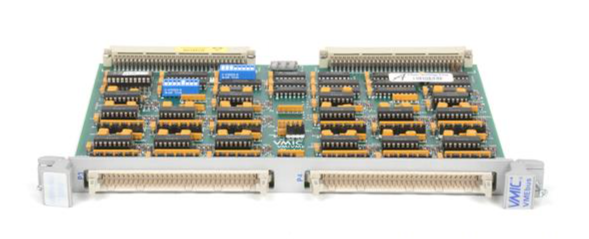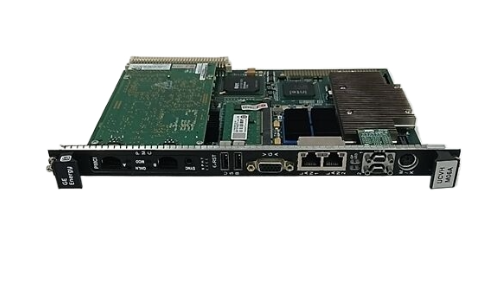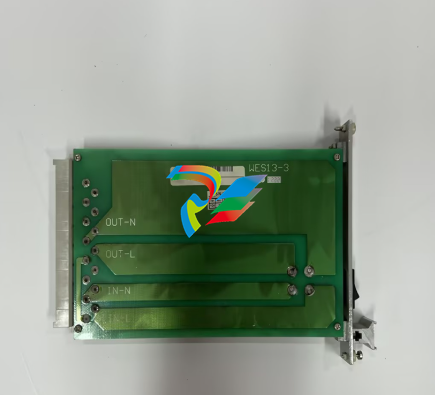For decades, space exploration was under the purview of government agencies. Today, numerous corporations are taking to the cosmos, partially at the behest of commercial customers who want to get a glimpse of what’s beyond Earth’s surface.
These companies are ushering in a new age of space exploration.
1. SpaceX
Elon Musk’s SpaceX, which has its headquarters in Hawthorne, California, has more than 13,000 employees and boasts a value of $180 billion.
The company has revolutionized space technology with the development of the reusable Falcon rockets and the Dragon spacecraft. Additionally, its ambitious Starlink project aims to provide global internet coverage.
Related Reading
2. Boeing Defense, Space, and Security
Boeing Defense, Space, and Security employs roughly 17,000 people and is valued at over $23 billion. Boeing founded the United Launch Alliance with Lockheed Martin Space. The ULA works with NASA and the Department of Defence to facilitate the launch of the Vulcan Centaur, Atlas V, and Delta IV Heavy vehicles.
3. Raytheon Technologies Corporation — Collins Aerospace Systems
Collins Aerospace Systems, a subsidiary of Raytheon Technologies Corporation, has thousands of employees and is valued in the tens of billions. The company plays a critical role in developing advanced technologies for space exploration and is pioneering satellite technology and space-based optical systems.
4. Lockheed Martin Corporation
Lockheed Martin Corporation has more than 100,000 employees globally, around a fifth of whom are veterans. The organization is valued at over $100 billion.
Lockheed Martin has been involved in several key NASA missions, including the construction of the Orion Multi-Purpose Crew Vehicle. It’s also deeply involved in satellite manufacturing, space probes, and other space exploration technologies.
5. General Dynamics Corporation
General Dynamics Corporation has over 100,000 employees, the majority of whom work in the U.S. The company generated over $42 billion in revenue in 2023.
It’s leading the development of space systems through its construction of communication satellites and space vehicle components and its support of NASA’s mission with ground systems.
6. Northrop Grumman Corporation
Northrop Grumman Corporation ranks among the largest defense and space companies in the world, with more than 100,000 employees and an estimated value of $69 billion.
In terms of space exploration, Northrop Grumman’s most significant contribution comes in the form of the Cygnus spacecraft, which delivers supplies to the International Space Station (ISS). The company is also a key player in national security satellites and space sensors.
7. Sierra Nevada Space Systems
Sierra Nevada Space Systems has approximately 3,500 employees and a $4.5 billion valuation. While the company is a relative newcomer, it has already made a name for itself with its Dream Chaser spacecraft.
The Dream Chaser is a reusable, multi-mission space utility vehicle that supports both cargo and crew missions to low-Earth orbit.
8. Virgin Galactic
Richard Branson’s venture Virgin Galactic has just 840 employees after a major round of layoffs in late 2023. The company is valued at just over $660 million. Its mission is to make space tourism a reality by offering suborbital space flights.
Related Reading
9. Blue Origin
Founded by Jeff Bezos, Blue Origin has more than 11,000 employees, making it a true competitor of SpaceX. The company’s exact value is unclear.
However, it recently landed a multi-billion dollar contract with NASA. Blue Origin focuses on reusable rocket technology with its New Shepard spacecraft, which is designed for suborbital flight.
Related Reading
10. Governments and Space Agencies
The National Aeronautics and Space Administration (NASA) is the most well-known government-run space agency in the world. From the space shuttle to the James Webb space telescope to the International Space Station, NASA has spearheaded some of the most innovative exploration projects in world history.
For more than a decade, NASA has had its sights set on a second moon landing. Together, Blue Origin, NASA, and a host of private companies are developing new paths to an effective space launch system and landing technologies that will facilitate a return to the moon. This upcoming project is expected to lay the foundation for piloted deep space exploration.
A few years ago, NASA received a new government ally, the Space Force. As the cosmic counterpart to the Air Force, the Space Force is focused on space-based national defense through low-Earth orbit systems.
Space Manufacturing Technologies
Manufacturing limitations have been one of the key barriers in the space race. However, new satellite manufacturing techniques and 3D printing in space promise to open up the last frontier for greater human exploration.













.jpg)















































.jpg)
.jpg)





.jpg)



.png)
.jpg)

.jpg)
_lVjBYb.jpg)

.jpg)
.jpg)



.jpg)
.jpg)







.jpg)

.jpg)
.jpg)











.jpg)




.jpg)
.jpg)
.jpg)
.jpg)
.jpg)
.jpg)

.jpg)

.jpg)


